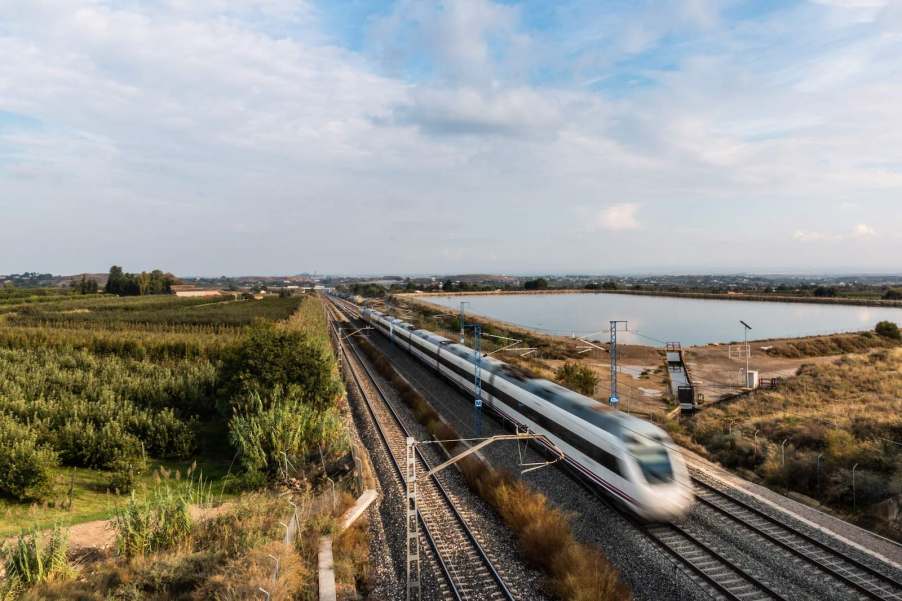
First State with European-Style 200 MPH Trains May Be…Texas?
You might not think of high-speed rail as a particularly “Texas” solution to folks’ transportation problems. But I have news for you, Texas may be the first state in the Union with an Amtrak high-speed train.
We tend to dismiss this as a form of public transit only enjoyed by folks in Europe or Asia. And its true that high-speed rail is a standard form of transit in Germany, France, Italy, China, Japan, and Switzerland. But countries smaller and more mountainous than Texas are investing in it. It’s an even smarter population on the plains.
What’s more, Texans love speed. In fact, the fastest Interstate Highway speed limit in the country is in Texas. What’s more, you could argue that accessible public transportation is protected in the First Amendment of the U.S. Constitution: the “freedom of speech” includes the right to “assemble.” And you can’t do that if you can’t travel. All-in-all, a 200+ mph Amtrak line will be right at home in Texas.
Amtrak is all for it. The Senior VP of its High-Speed Rail Development Programs has targeted a Dallas-Houston line:
“If we are going to add more high-speed rail to this country, the Dallas to Houston Corridor is a compelling proposition and offers great potential…We believe many of the country’s biggest and fastest-growing metropolitan areas, like Houston and Dallas, deserve more high quality high-speed, intercity rail service and we are proud to bring our experience to evaluate this potential project and explore opportunities with Texas Central so the state can meet its full transportation needs.”
Andy Byford, Amtrak Senior VP
This route would be 240 miles long. Currently, if you want to get from Dallas to Houston, you must decide between an expensive two-hour flight, a cheaper five-hour bus ride, or a four-hour drive. But a 205 mph Amtrak will do the run in 90 minutes. The current plan is trains leaving every 30 minutes during peak hours, and every hour during other times.

So what’s the holdup? The Engineering News Record reveals it’s been years of “financial setbacks, leadership issues, and legal woes.”
The landowners en route have resisted the project. A judge did grant the project eminent domain, so Texas can just take the land. But the organizers are trying to be more thoughtful. The latest plan is to have 50% of the line run over tall viaducts, so it impacts life below as little as possible.
See CNBC’s deep dive on the Texas high-speed rail project in the video below:



